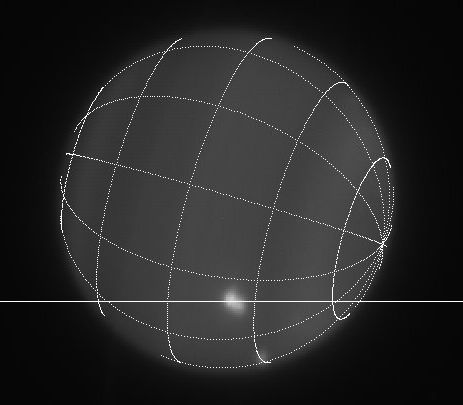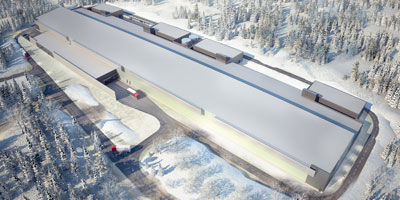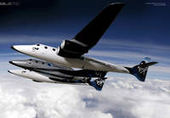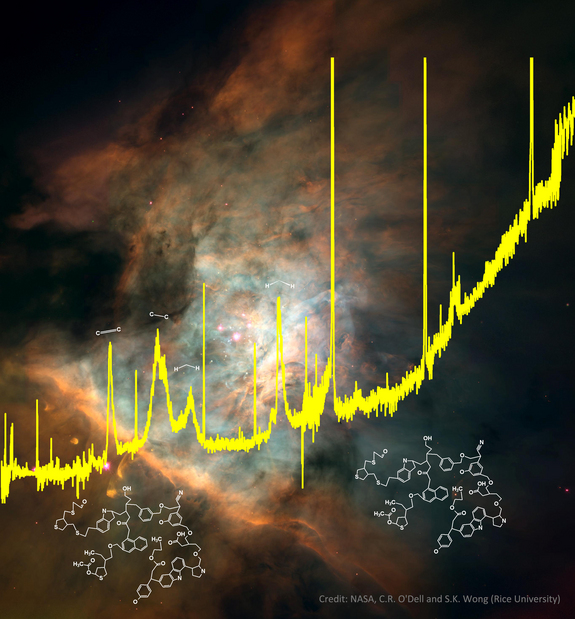
And though local law enforcement can't catch every person driving while suspended or with a revoked license, the Indiana State Police is banking on a developing piece of technology to improve upon these efforts.
By buying and installing a new License Plate Reader (LPR) system on troopers' vehicles, ISP officials say those driving illegally on the state's roadways now stand a much better chance of being caught.
"It's just another tool in our tool belt for us to use to help catch violators of the law," said Sgt. John Bowling with the ISP Pendleton District. "It's another new piece of technology, and we're excited to have it."
According to an ISP news release, the LPR system -- which is mounted to the trunk of a state police cruiser -- can scan license plates at a rate of 1,800 per minute as the cruiser passes by vehicles while parked or when vehicles pass the state police vehicle on the highway.











